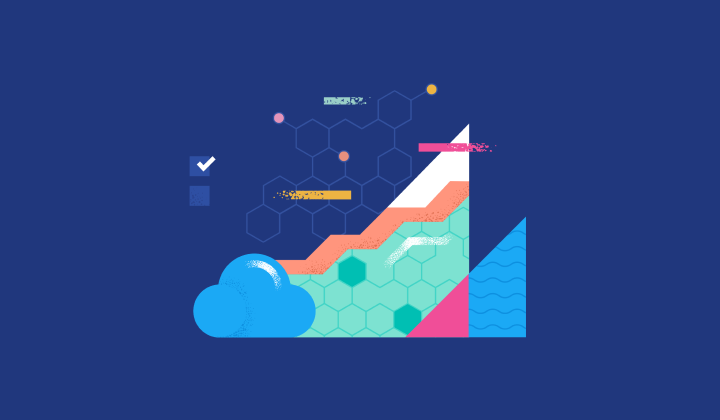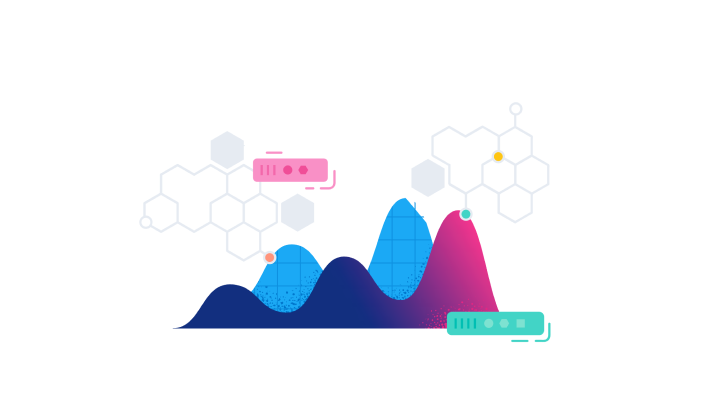

Elastic Observability
Observability powered on Search AI
Unify metrics, logs, traces, and profiling with observability, built on the Elastic Search AI Platform. Discover the most widely deployed observability solution and deliver insights in minutes — even on petabytes of data.

Use Cases
Open, extensible, full-stack observability
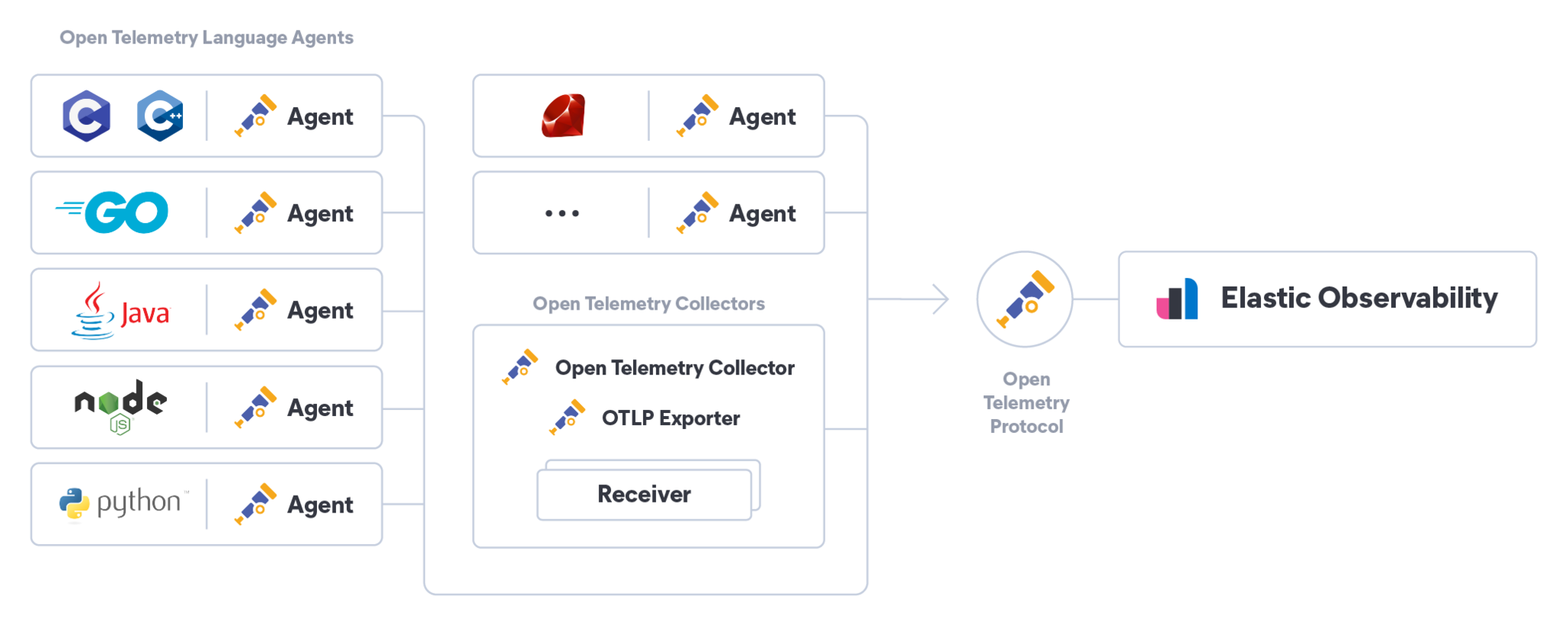

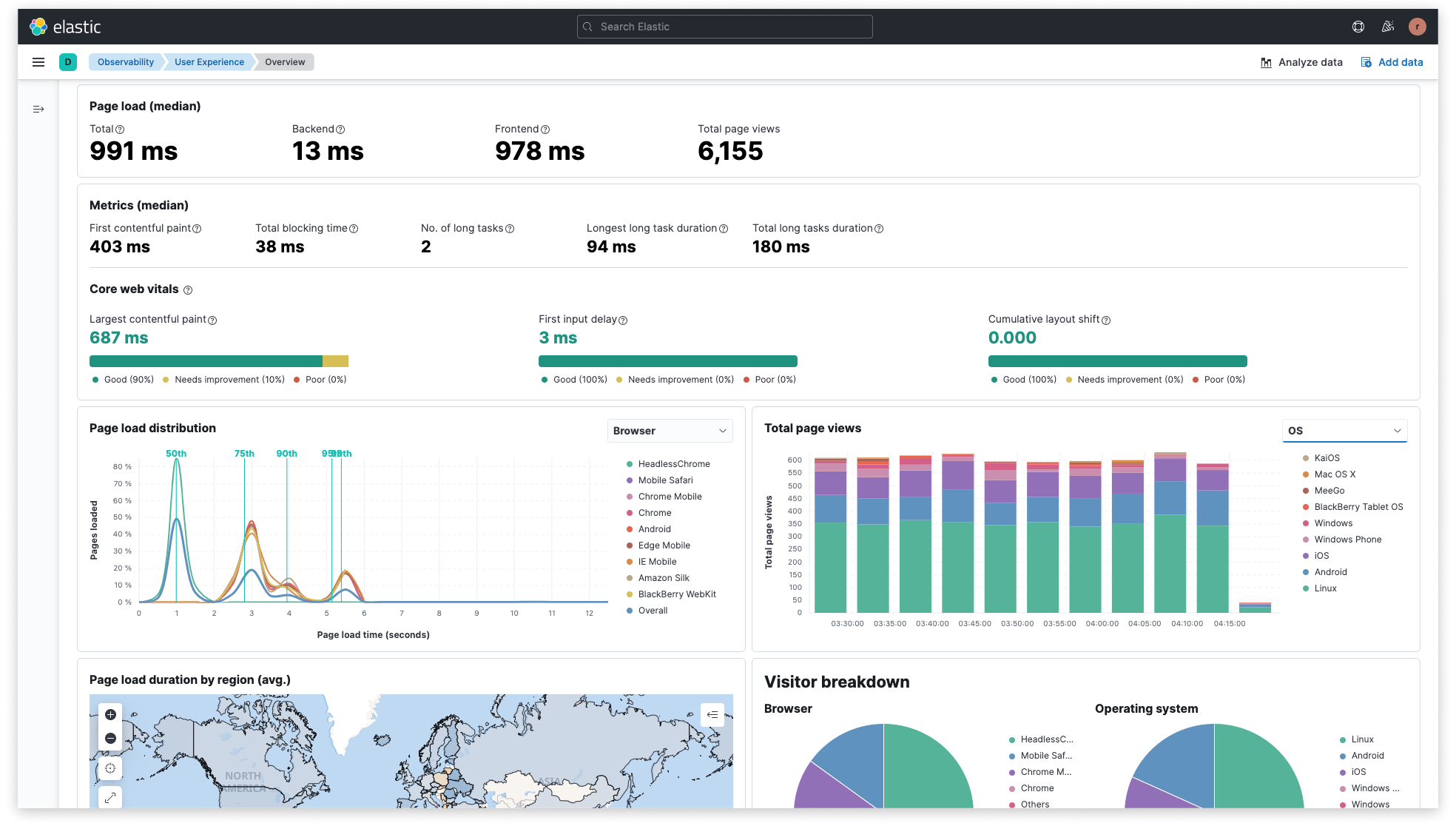
OpenTelemetry
Protect your investments with open standards
Scale with OTelLeaning into our open-source roots, Elastic natively integrates OpenTelemetry into our open and extensible platform for ubiquitous visibility at scale. From contributing Elastic ECS to Elastic's Universal Profiling agent, Elastic is supporting OpenTelemetry as the standard for Observability.
Cloud native
Adopt cloud native architectures with confidence
Monitor your ecosystemMonitor your cloud-native ecosystem from Kubernetes to serverless. Correlate dependencies and investigate issues with seamless contextual workflows.
Tool consolidation
Reduce tool sprawl for faster problem resolution
Unite teams and toolsUnify observability with 350+ Elastic integrations, including native support for cloud services and open-source projects like OpenTelemetry.



CAPABILITIES
Limitless observability. On-demand insights. One platform.
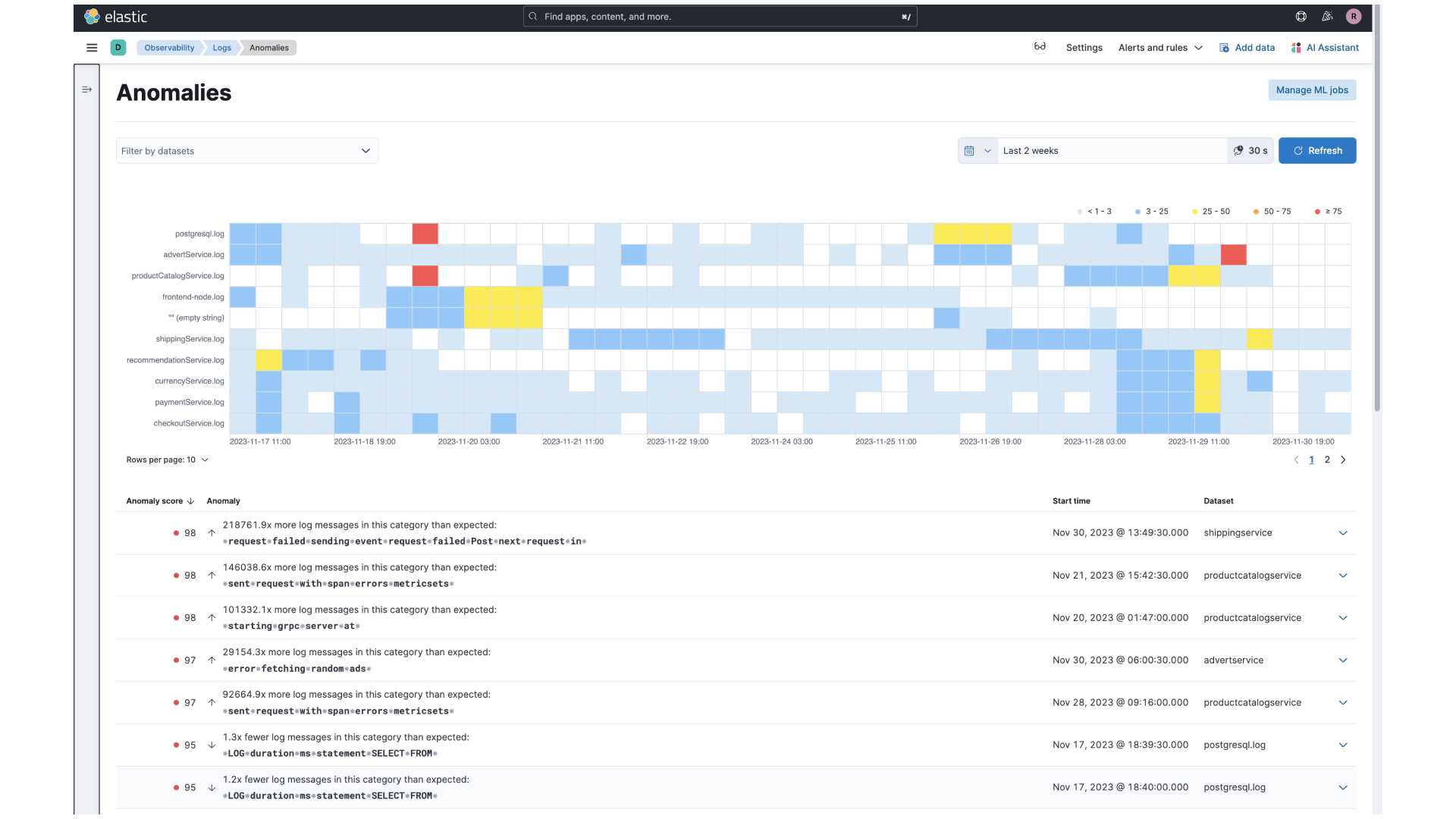
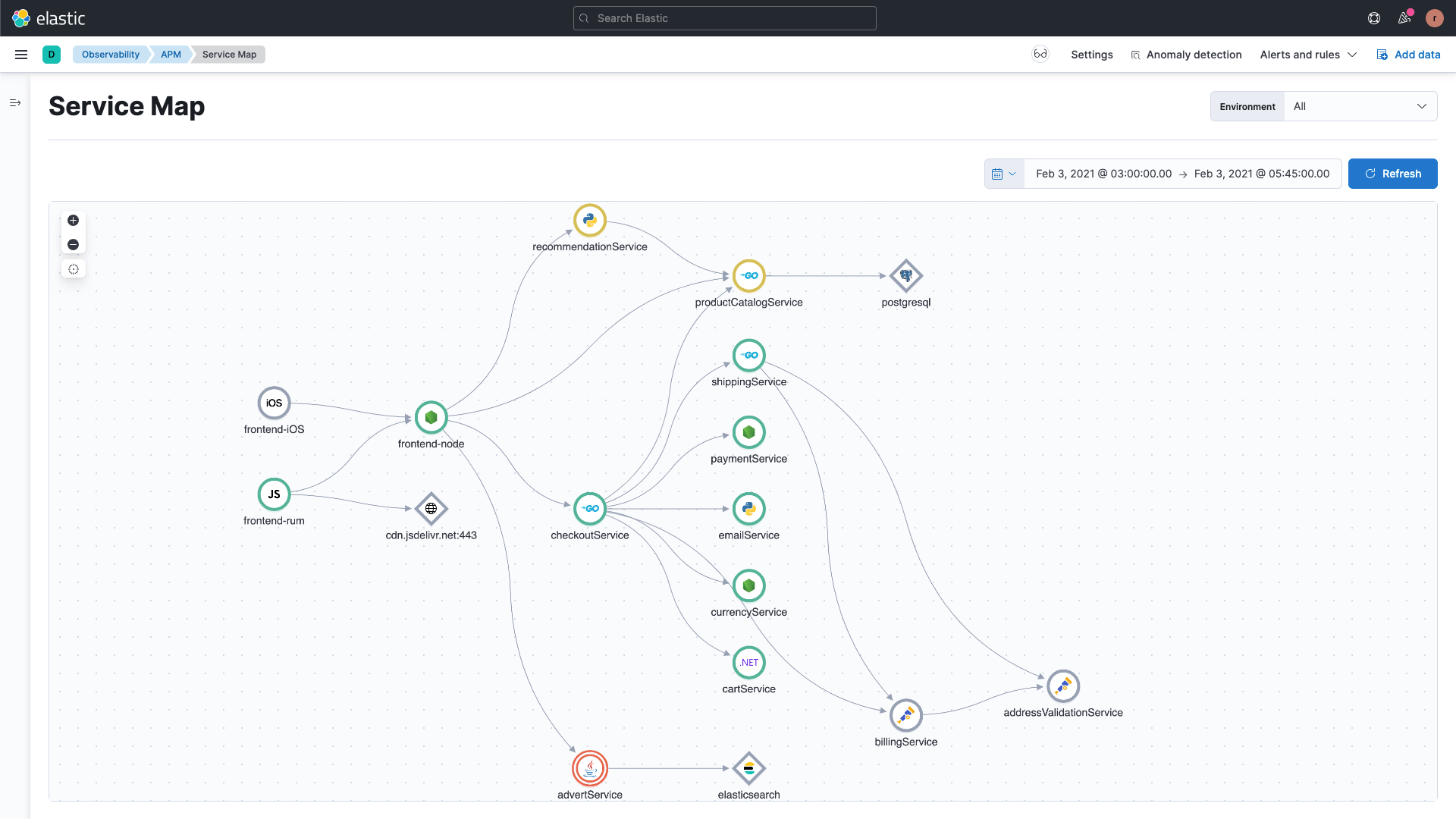
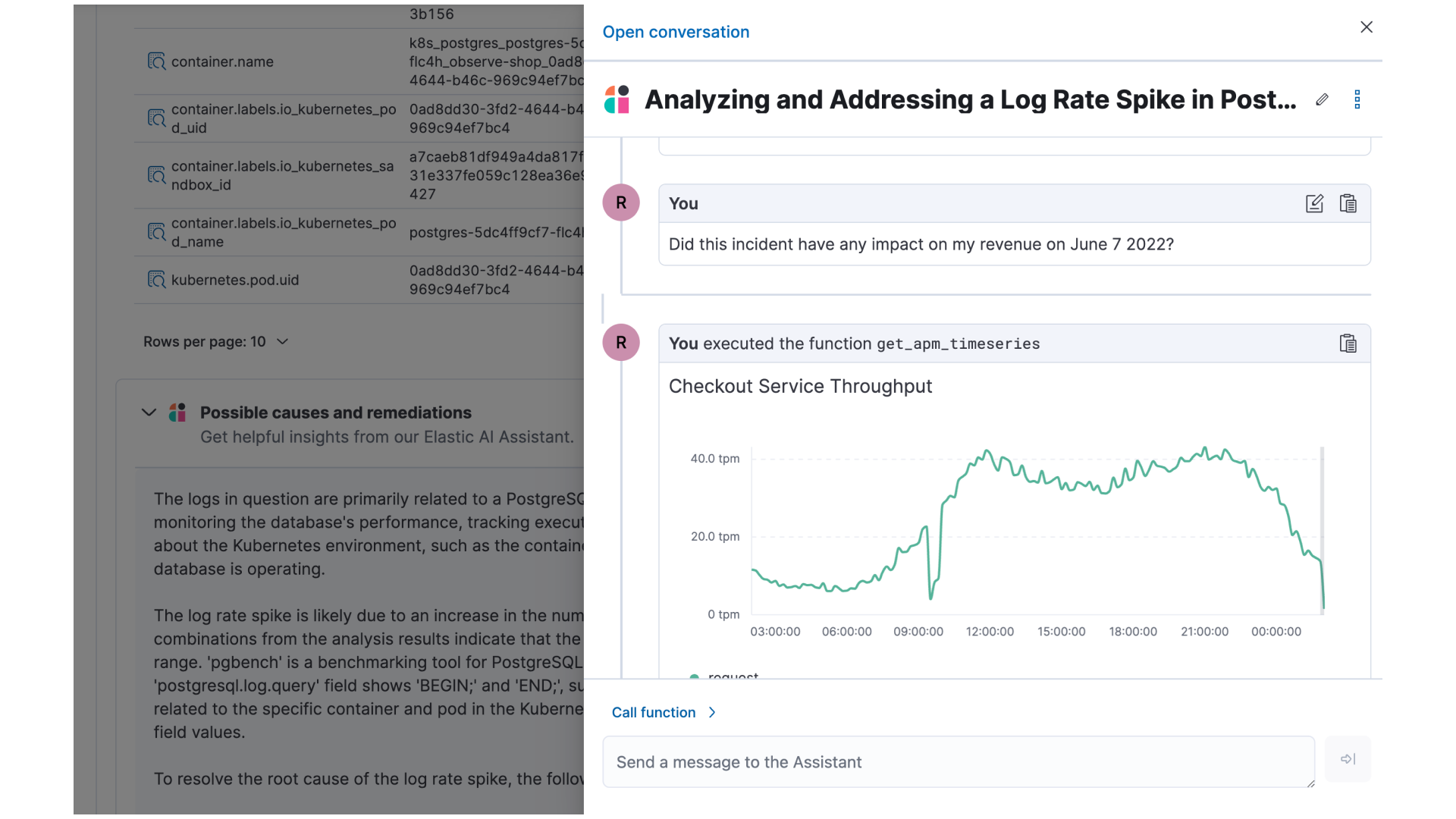
Log monitoring and analytics
Context-aware insights from petabytes of logs
Monitor all your logsLeverage GenAI to deliver insights in seconds with the leader in log monitoring and analytics. Analyze structured and unstructured logs — at scale.
Application Performance Monitoring
Quickly surface and resolve application issues
Dive into APMGet deep visibility into your cloud-native and distributed applications to quickly identify and resolve root causes of performance issues.
AI Assistant
Empower SREs with generative AI
More about AI AssistantCombine generative AI with anomaly detection and observability for an interactive chat experience based on your proprietary data.



See Elastic Observability in action
Teams thrive and scale with end-to-end observability.
Customer spotlight
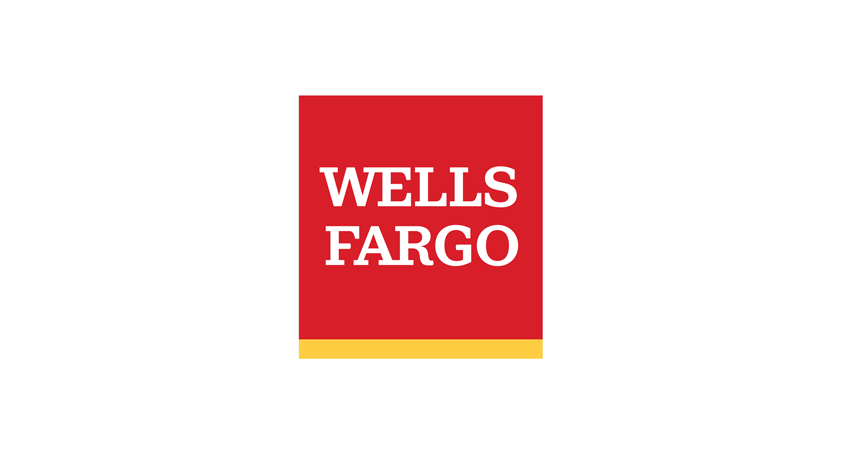
Wells Fargo observes through a single pane of glass — including metrics, events, logs, application traces, and extensions to minimize the log fields ingested by 60%.
Customer spotlight

Comcast transforms customer experiences by providing a more strategic, partnership-based approach.
Customer spotlight

Equinox boosts its cloud infrastructure health with Elastic Observability and reduces observability operational expenditure by 80%.
Frequently asked questions
What is full-stack observability?
Full-stack observability refers to the ability of an observability solution to monitor the entire application stack — from the end user, to the application code and infrastructure. A full-stack observability solution typically consists of several capabilities including, Log Monitoring and Analytics, Cloud and Infrastructure Monitoring, Application Performance Monitoring, Digital Experience Monitoring, Continuous Profiling, and AIOps. Learn how a full-stack observability solution can help you analyze telemetry holistically with unified visibility and faster mean time to resolution.
What are the benefits of full-stack observability?
Full stack observability enables organizations to achieve business and operational excellence. By implementing full-stack observability, SRE teams break down silos and can proactively detect and resolve issues faster with contextual alerts and effective cross-functional collaboration. Businesses can deliver on SLAs and improve time to market, operational efficiency, and customer satisfaction. Learn more about the benefits of full-stack observability.
Why are businesses switching from Splunk to Elastic Observability?
Businesses everywhere are facing a challenging environment: increased cost pressures coupled with high volumes of data generated by complex, distributed, cloud-native environments. As a result, teams need smarter analytics, with data access, and retention across all their data — instantly and from anywhere — in order to resolve issues, make decisions, and ensure resiliency. Many companies that have adopted Splunk Enterprise have a choice to make, since Splunk offers fragmented observability with Splunk Enterprise, Splunk Cloud, and Splunk Observability with different pricing models. By contrast, Elastic offers a fast, simple, solution that positions companies for the future.
What is the difference between observability and monitoring?
Observability can be thought of as the evolution of monitoring for modern applications. Fundamentally, it is the ability of applications and infrastructure to expose their internal state through actionable logs, published metrics, and distributed traces. As an approach, observability is better suited than traditional monitoring to manage the complexity and scale of cloud-native environments through the collection, transformation, correlation, analysis, and visualization of these signals. Observability continues to evolve with new trends and technologies.
How do you implement observability?
When implementing observability, think in terms of technical and operational readiness. Make sure you have the people and processes in place to support an observability function. Determine the data you want to collect initially. If you are just starting out, we recommend beginning with a single application as a pilot and focusing on one type of signal (e.g., logs) before moving on to metrics and traces. Plan for the future by choosing an observability solution that can grow with you. Ready to begin? See how Elastic’s internal SRE organization has implemented observability at scale.
What is Search AI Lake?
Elastic's Search AI Lake is optimized for real-time, low-latency applications, making it an ideal architecture for your AI-driven future. It revolutionizes data lakes by bringing together the expansive storage capacity of a data lake with low-latency querying and the powerful search and AI relevance capabilities of Elasticsearch. Search AI Lake powers a new Elastic Cloud serverless deployment — removing all operational overhead so your teams can start innovating.
